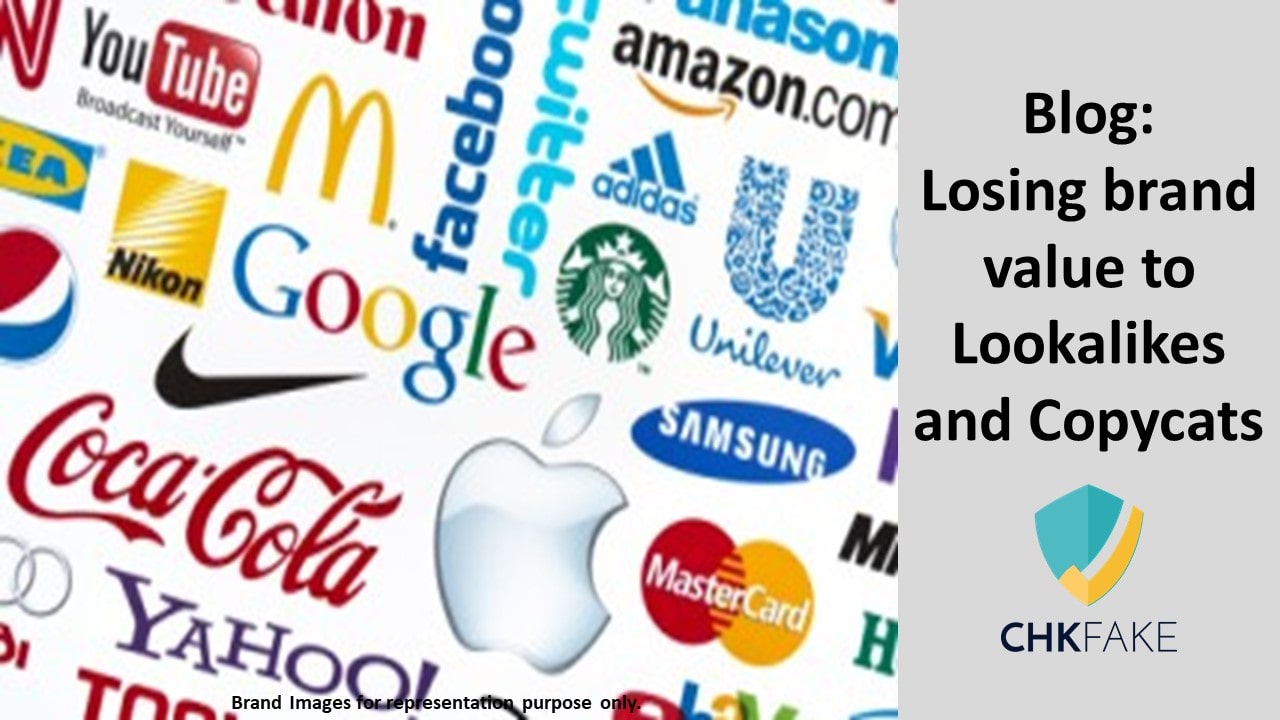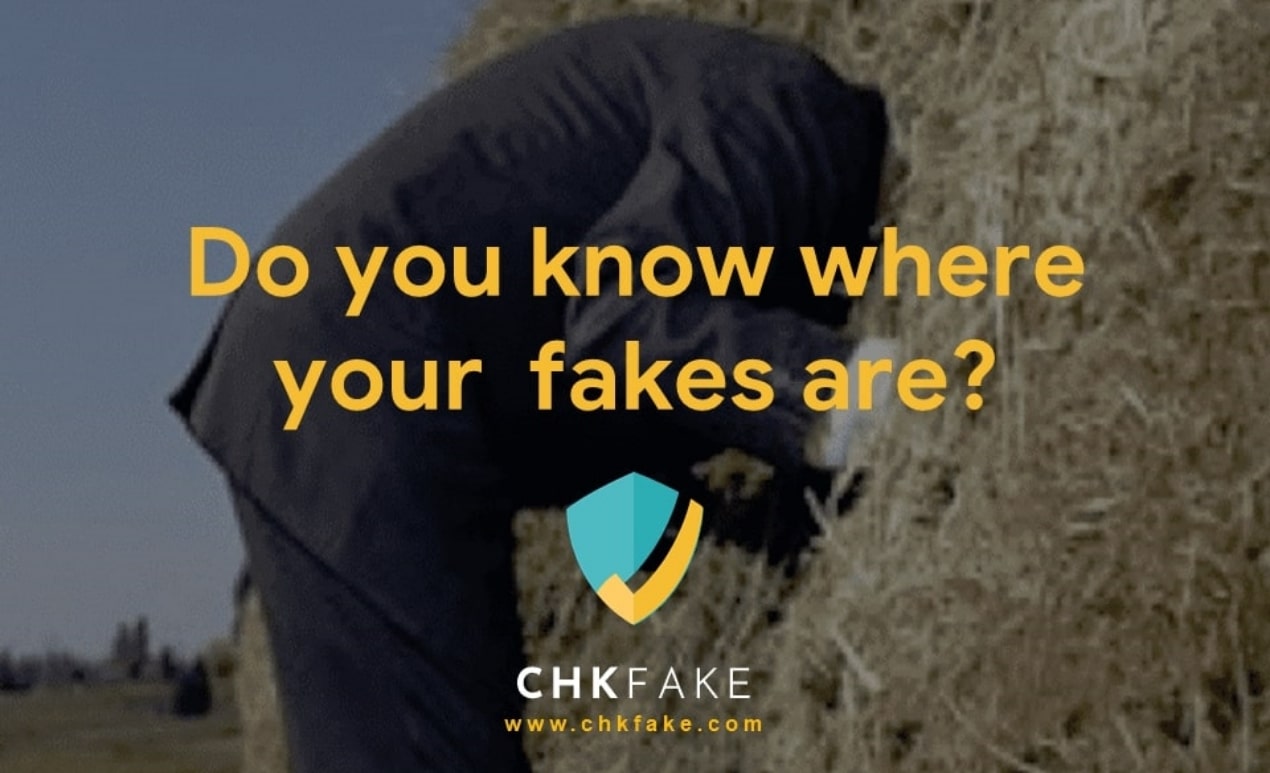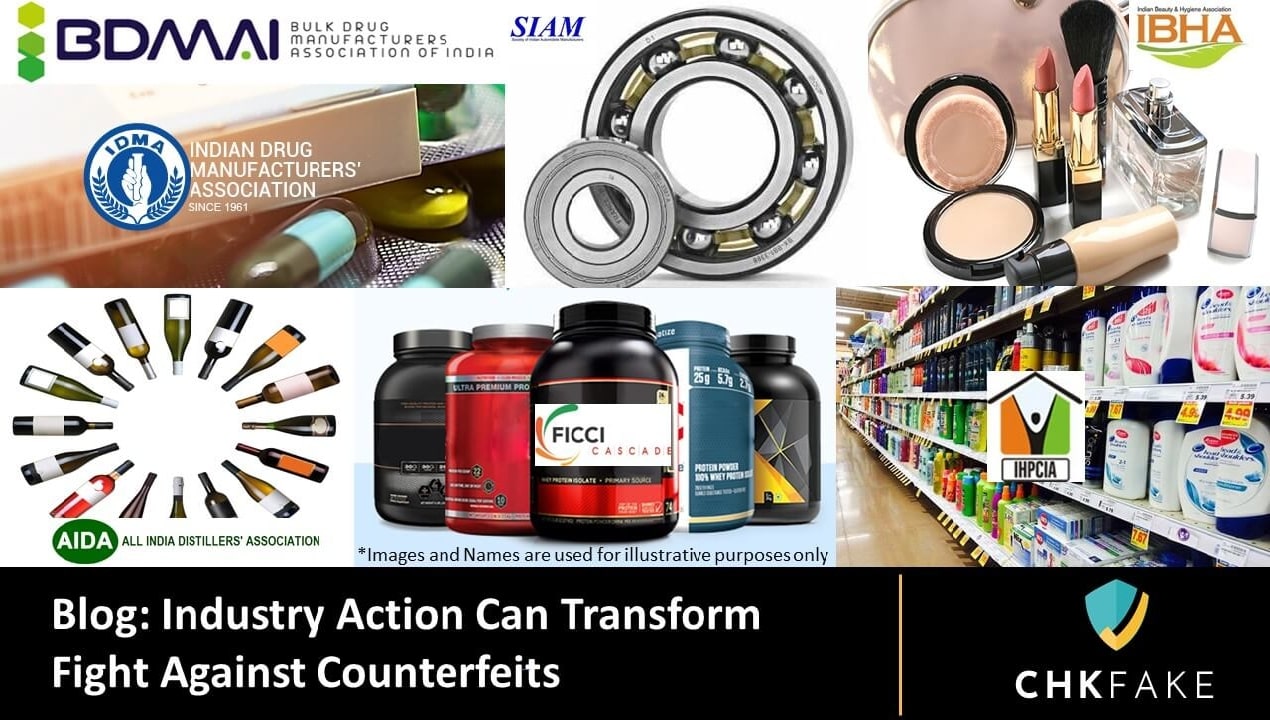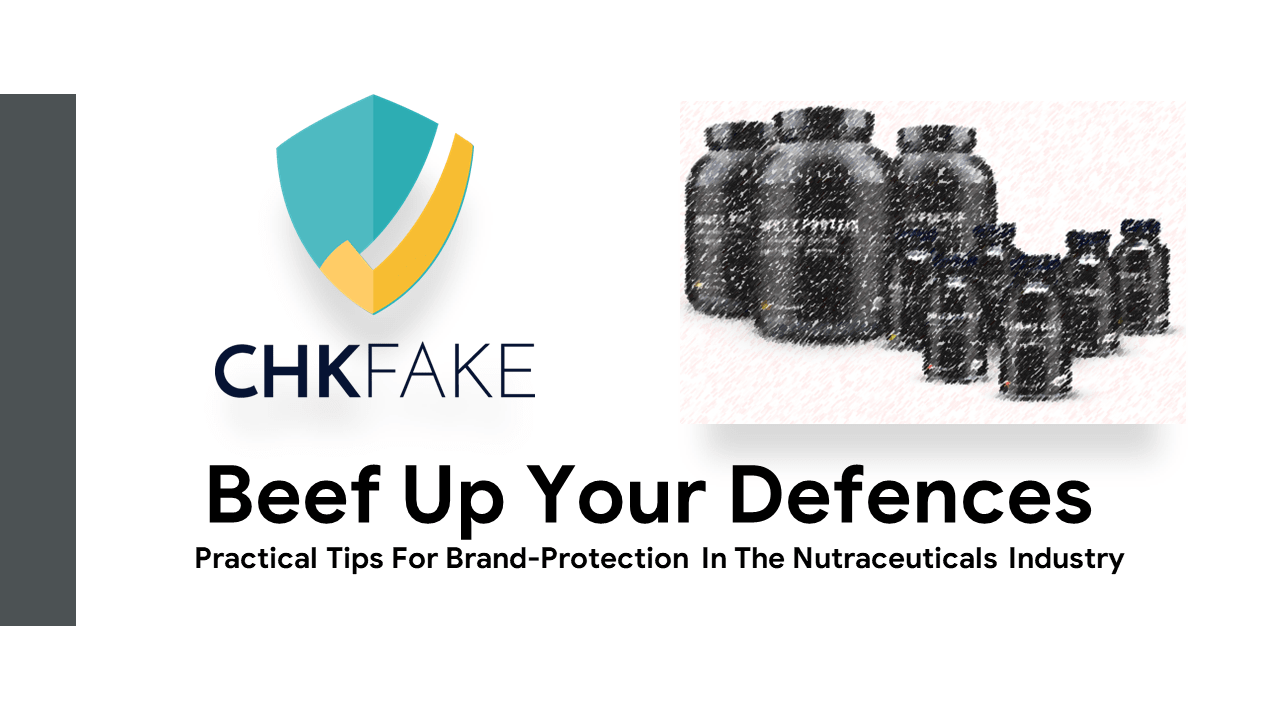Imitation is the sincerest form of flattery, as the old saying goes. But, while that may be true in certain areas of life, it’s hardly reassuring when someone else is out there trying to latch onto an idea or brand that you’ve spent years in building.
Lookalikes or copycats (LACC) sit on the fringes, waiting for brands to find success and then jump in to make a quick buck. While lookalikes are rarely successful in the long run, they do eat up some of your revenue and profits.
The dangers of counterfeit products on the health and safety of the consumers, revenue, profitability and reputation for brand owners, and foregone tax and lost employment opportunities for the economy are well documented. The dangers of lookalikes are less well known.
In this blog, we will try to uncover LACC’s impact on consumer decision making and loyalty to the brand and some solutions on how to tackle this issue.
How does lookalike branding work?
LACC brands work by providing a sense of familiarity to the buyer. People like to continue with their established and preferred choices. Typically, buyers grant more favor to a known brand rather than an untested brand even if the past experience may have been mediocre.LACC brands imitate the trade dress of an established brand, taking familiar features of a logo or colour scheme or packaging and apply them to a newly made-up brand. LACC brands look similar or sometimes sound similar in case of pharma, and their success relies on serving familiarity to customers at a much lower price.
The reason why a customer would buy an LACC brand is because it is cheaper, or because the original brand is unavailable, or because they got deceived and thought it was the original.
Lookalikes are pervasive. Any retail store will have stocks of products that look strikingly similar to well-known brands. This is also known as brandjacking or parasitic branding in some geographies.

Image Source: sbs.com.au
Lookalike manufacturers want to piggyback on the brand owner’s investment in establishing the brand. They want to get as close as they legally can and benefit from the brand’s equity. They often don’t shy away from legal skirmishes as well. This is especially true when the LACC brand owner is a retail store chain with deep pockets.
Some examples of LACC branding


Image Source: IndiaTVNews & Deccan Chronicle
Some examples of sound-alike branding in pharma

Image Source: PressReader.com
Loss to established brands because of LACC brands
There is obviously a loss to the original brand due to LACC brands, but the debate is how much. Based on our experience and research, the original brand may suffer on the following counts:
1. Loss of sales volume and revenue: LACC brands deceive customers incorrectly identifying the genuine brand, impacting its sales volume and revenue.
2. Pressure on pricing: The genuine brand may struggle to maintain its price premium as the LACC brand may be selling at a lower price
3. Loss of brand value and long term market share: The experience with the LACC brand is obviously inferior since it does not focus on quality. This often leads to a diminished brand value for the genuine brand, and loss of market share in the long term.
What can brands do to protect themselves?
Genuine brand owners can look at following ways to protect their brands from LACC products.
1. Protection under the law: Seek protection under the law for not only the idea and brand name but also your packaging design and color schemes, by registering your trademarks.
2. Use security features: Use anti-counterfeiting security features to help your customers identify the original brand from an LACC product. You can also list your brand on applications like Chkfake which help users verify genuine products across multiple product categories.
3. Take Enforcement Action: Challenge and confront the LACC manufacturer/ service provider by sending them a Cease & Desist legal notice. If they still don’t comply, you have the option to file either a civil suit and get an injunction from the court to stop sales or manufacture of LACC brands. You can also lodge a criminal complaint under the Copyright Act, 1957 or Trademark Act, 1999 in India. Similar laws exist in other countries to protect your Intellectual Property.
4. Superior Service: Products are easily replaceable but quality service is not. Offer superior service to your customers and they’ll continue to bank their trust with you.
5. Build an Emotional Connection: Brands that have built an emotional connection with their customers enjoy their loyalty and they are unlikely to jump ship to a cheaper alternative from a lookalike.
The importance of capturing Enforcement ‘Leads’
A crucial part of the battle against LACC brands is timely and accurate intelligence. Unless a Brand knows where the threat is and what does it look like, it is difficult for it to protect itself.In most organisations, the lead generation and tracking process is quite haphazard. Leads can come from multiple stakeholders – from aware customers, internal teams, distributor field staff, to 3rd party investigators. They use a myriad of communication channels such as a casual chat in the corridor, a phone call, an email, an instant message etc.
This tangled web of information makes it difficult for the organisation to act. It becomes difficult to to prioritise leads in the absence of any structure. As a result, the action may be delayed or may be taken on a ‘hunch’ or more valuable leads may be lost in the maze, leading to sub-optimal outcomes and poor utilisation of limited resources and budgets.
Enforcement Action against LACC brands

Look-alike Lego company busted in China and 30 Million USD product destroyed
In the case of counterfeits, it is difficult to track the source of production or supply. However, LACC brands are mostly produced by legitimate manufacturers who are easier to track down. This makes it easier for brand-owners to take enforcement actions against the culprits.In most cases, the product itself has details of the manufacturer, making it even more important to get the lead generation process right. Brand owners should focus on consolidating all the leads in a single repository, and as far as possible, try to standardize the lead generation process. This will allow them to mine this data and unlock a treasure trove of insights and intelligence about the threat from LACC brands. Fortunately, tools like Chkfake are now allowing Brands to upgrade to precisely this kind of sophisticated lead generation environment.
It is said that imitation is the sincerest form of flattery. But when a brand is faced with a LACC competitor, it is a real risk to its business. It is time for Brands to take this threat seriously and deploy best in class tools and processes to minimise this threat.
Watch out for my next blog. If you liked what you read, please do share in your network. You can follow my articles on LinkedIn and Twitter, or subscribe to My blog.
_________________________________
Tanmay Jaswal is the Founder of Chkfake, a start-up that is disrupting the anti-counterfeiting industry by creating an eco-system of all stakeholders to join the fight against fakes together. The Chkfake mobile app allows users to verify genuineness of any product irrespective of category or brand.
Tanmay has 26 years of global experience in business leadership, marketing and strategy in companies like Coca-Cola and Shell and is an acknowledged authority on brand protection. He has headed the brand protection function for Shell globally and has extensive experience in this space over the last 8 years.






0 Comments